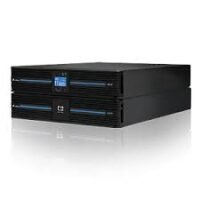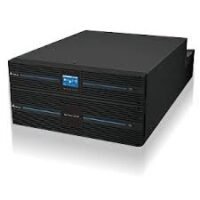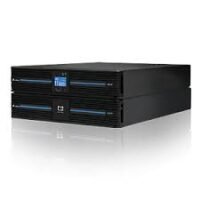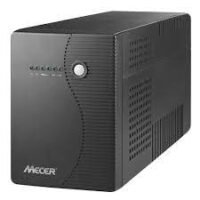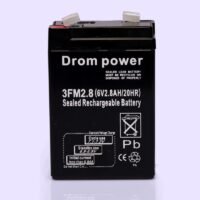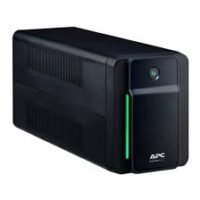Uninterruptible Power Supply (UPS) and Power Backup
Uninterruptible Power Supply (UPS) and Power Backup: Ensuring Reliable Power for Your Devices
In today’s world, technology plays a crucial role in our lives. From Laptops and Desktop computers, and TVs to smartphones, we rely on electronic devices to stay connected, work efficiently, and stay entertained.
However, these devices are vulnerable to power outages, which can lead to data loss, hardware damage, and productivity loss. To prevent such scenarios, it’s essential to have a reliable power backup system in place. In this article, we will discuss the UPS and power backup system and how it works.
What is an Uninterruptible Power Supply (UPS)?
An Uninterruptible Power Supply, commonly known as a UPS, is an electronic device that provides temporary power to connected devices in case of a power outage. A UPS consists of a battery, a charger, and an inverter that converts DC power from the battery to AC power, which is used by the connected devices. A UPS is designed to provide backup power for a limited time, ranging from a few minutes to several hours, depending on the battery capacity and the power consumption of the devices.
Delta UPS
30kVA Delata HPH integrated battery 30kVA 380/400/415V, 50/60Hz, ready for battery wiring included
Surge Protected Devices
6 Way, 2USB Ports, Power Extension Cable with surge Protection
Surge Protected Devices
Surge Protected Devices
Surge Protected Devices
How does a UPS work?
A UPS is connected between the power source and the devices that need to be protected. When there is a power outage, the UPS detects the loss of power and switches to battery power. The inverter in the UPS converts the DC power from the battery to AC power, which is supplied to the devices. The devices continue to receive power until the battery runs out of charge or until the power is restored.
Types of UPS
There are three main types of UPS: standby, line-interactive, and online.
- Standby UPS: A standby UPS is the simplest and most affordable type of UPS. It provides backup power by switching to battery power when the mains power fails. However, there is a delay between the loss of power and the switch to battery power, which may cause problems for sensitive devices.
- Line-interactive UPS: A line-interactive UPS is more advanced than a standby UPS. It includes a voltage regulator that compensates for voltage fluctuations and a transformer that isolates the devices from power surges and spikes. The battery is used only when there is a power outage or a significant voltage fluctuation.
- Online UPS: An online UPS is the most advanced and expensive type of UPS. It provides continuous power to the devices by constantly converting the AC power to DC power and then back to AC power. This provides clean and stable power, which is essential for sensitive devices such as servers, medical equipment, and data centers.
Benefits of UPS
A UPS provides several benefits, including:
- Protects devices from power outages, surges, and spikes.
- Prevents data loss and hardware damage.
- Provides uninterrupted power to critical devices.
- Increases productivity and reduces downtime.
Power Backup
In addition to a UPS, there are other power backup systems that you can use to ensure reliable power for your devices. These include:
- Generators: A generator is a device that converts mechanical energy into electrical energy. It provides backup power by burning fuel, such as gasoline, diesel, or propane. Generators are ideal for providing backup power for extended periods, such as during a power outage.
- Solar Panels: Solar panels are an environmentally friendly alternative to generators. They convert sunlight into electrical energy and store it in batteries. Solar panels are ideal for providing backup power in areas where the power grid is unreliable or inaccessible.
- Power Banks: A power bank is a portable battery that can be used to charge electronic devices. Power banks are ideal for providing backup power for mobile devices, such as smartphones and tablets.








